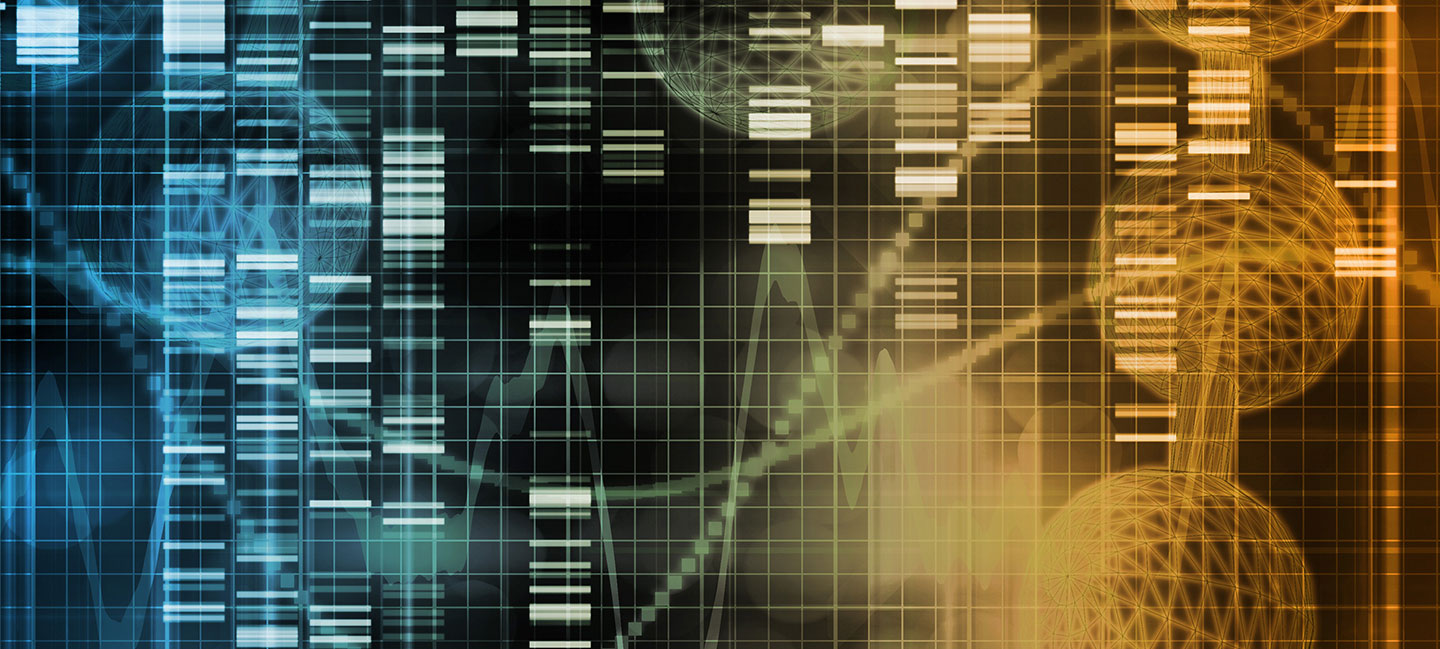Behavioral Changes in Cocaine Addiction Are Linked to Altered Patterns of Gene Activity in the Striatum
Behavioral Changes in Cocaine Addiction Are Linked to Altered Patterns of Gene Activity in the Striatum

The urgency of opioid abuse and its status as a public health crisis are subjects frequently noted in public discussions and media reports. Cocaine addiction and its impact on public health, while by no means a secret, has attracted a bit less attention in recent years. Yet cocaine overdose deaths have risen nearly threefold over the last decade and exceed those from opioid overdoses in certain subsets of the U.S. population—for example, among non-Hispanic Black men and women, research has shown.
Treatment for cocaine use disorder (CUD) is usually behavioral, and includes interventions such as cognitive behavioral therapy and contingency management (a treatment that provides motivational incentives to encourage substance users to alter their behaviors). These “are not fully effective for most CUD patients,” notes a team of investigators in a new research paper published in Science Advances.
Led by Eric J. Nestler, M.D., Ph.D., of the Icahn School of Medicine at Mount Sinai, the team has sought to identify cocaine-related molecular alterations in the human brain that characterize cocaine use disorder. This basic research is an essential underpinning for continuing efforts in Dr. Nestler’s lab and others to develop what would be the first effective medications to treat CUD.
Dr. Nestler, Director of the Friedman Brain Institute at Mount Sinai, is a member of BBRF’s Scientific Council, 2009 winner of the BBRF Falcone (now Colvin) Prize, 2008 winner of the BBRF Goldman-Rakic Prize, and a 1996 BBRF Distinguished Investigator. First author on the paper reporting his team’s new results is Philipp Mews, Ph.D., a 2019 BBRF Young Investigator.
Research in animal models—typically, rodents that learn to self-administer and then become addicted to cocaine—has shown that like some other drugs of abuse, cocaine alters the pattern of gene expression across a brain area called the striatum, which controls motivated behaviors like drug-taking. Two regions within the striatum are deemed critical. One is called the nucleus accumbens (NAc), which mediates rewards, motivational salience, and reinforcement. The other is called the caudate nucleus (CN), which mediates cognition involving motor function, stimulus-response learning, and habit formation.
Dr. Nestler and colleagues proceeded from the hypothesis that the regulation of gene expression in these reward and motivational centers of the brain’s striatum plays a critical role in the emergence of persistent behavioral changes seen in addiction.
To get a handle on possible addiction-related changes in the way genes behave, they made a catalog of gene expression in the two striatal regions—the NAc and CN—using postmortem brain tissue donated by individuals (in this sample, all were men) who had cocaine use disorder. These valuable samples were collected by Deborah Mash, Ph.D., of the Miller School of Medicine at the University of Miami, who is a coauthor of the new study. The results were compared with gene-expression profiles of cells in the same brain areas in postmortem brain tissue of sociodemographically matched men who did not have addiction or other brain disorders.
Results of this comparison of what scientists call transcriptome analysis—readouts of the total set of messages made within cells in a given region whenever genes are activated or suppressed—were later integrated with separate knowledge of how genes operate in coordinated networks, which, too, are thought to be altered when individuals are addicted to cocaine.
These two levels of analysis revealed to the team a distinct pattern of cocaine-modified gene regulation, as well as “highly regulated gene networks” in both the NAc and CN “that are most prominently affected” by CUD. The two regions did exhibit many differences in gene expression, as expected, but importantly, in both it was evident that there was a subset of gene activity that was regulated in similar ways by CUD. In mouse models of CUD, gene networks altered by cocaine have pointed to the possibility of a specific cell type, called D1 (dopamine) medium spiny neurons, as drivers of cocaine-induced neural plasticity.
The investigators believe that these results support the theory that vulnerability to cocaine and perhaps other substance-use disorders is mediated at least partly by, in the case of CUD, genes that are particularly cocaine-responsive. Genes found to be “up-regulated” in CUD—i.e., activated more than normal—converged with specific genes associated in prior research with risk-taking behavior.
The analysis also revealed that gene activation changes in the two striatal regions examined in people with CUD are not the same as those in individuals with opioid use disorder. For complex reasons, cocaine addiction appears to promote a decrease in neuroinflammatory processes in the two striatal regions, while opioid addiction seems to promote neuroinflammation. It’s one example of how molecular-level knowledge about these and other substance-use disorders is likely to be important in efforts to develop future drug treatments. Both are addiction disorders, but the way they alter brain biology is distinct in certain ways.
The results also indicated to the team that animal models used to study CUD have provided important insights into the human disorder, since many of the transcriptional changes observed previously in mice were evident in humans with CUD. Animal models therefore should continue to be a key component, the team suggested, in efforts to learn more about how cocaine and other addictions alter gene expression, biological pathways, and even cell types in the striatum that result in changes that support addictive behaviors.




